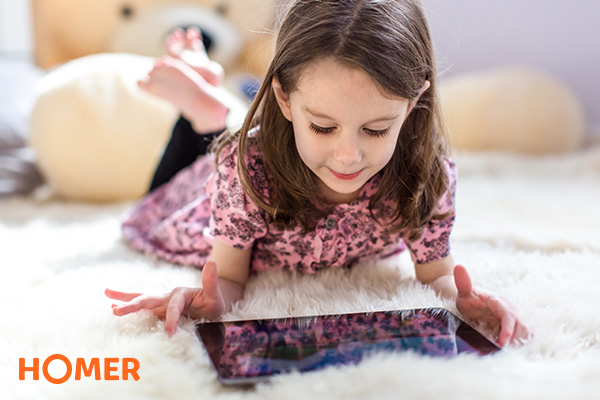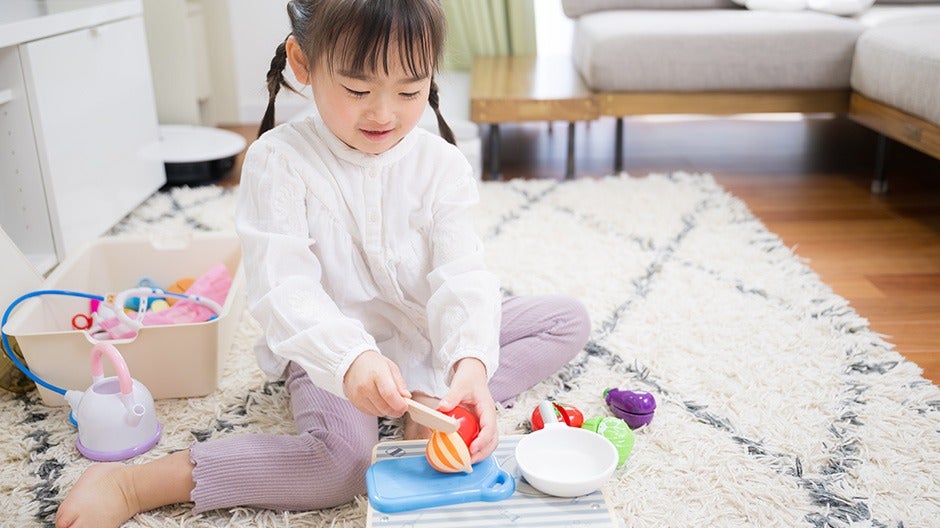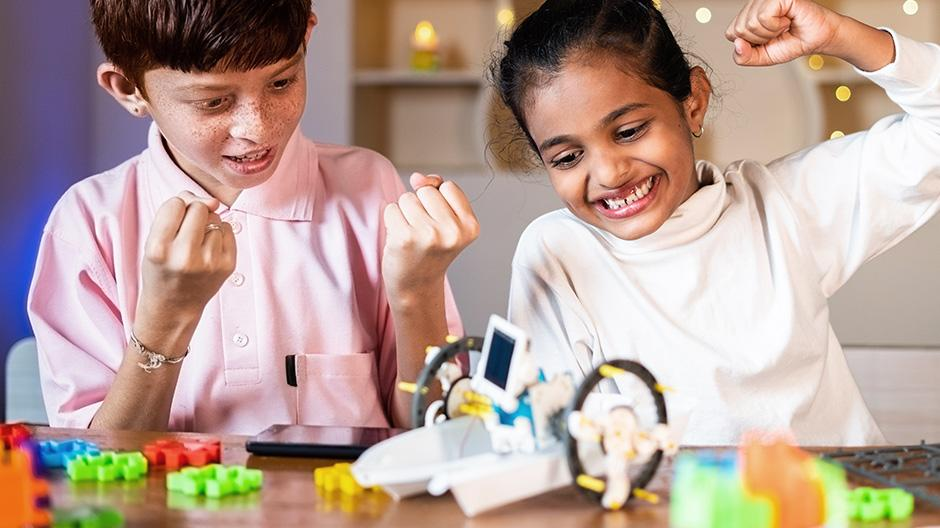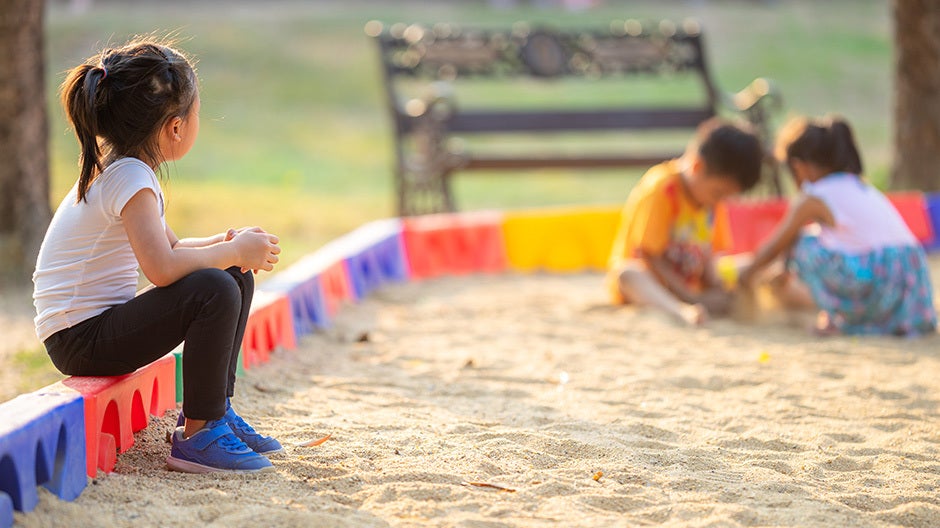
Every parent with young children knows the drill:
It’s 8:00 in the morning. We’ve dropped our kids at pre-school, and we’ve got time for a shot of caffeine at the regular coffee klatch before heading into our busy days. Someone asks the question: “How are you managing screen-time?”
As the creators of HOMER, the digital learn-to-read program for young children, our friends often look to us for a good answer to that question.
Over coffee, we share our war stories. We talk about reward systems (“if you help set the table, you get 10 extra minutes on the iPad”). We nod our heads knowingly when one mom laughs about the colossal failure of her screen-time star chart. We vow to limit the number of hours a week our kids are allowed to use devices.
Then, we walk out of the coffee shop into the hurly-burly of life with young children, and we’re back in survival mode. The baby is crying in the car seat. Her brother is whining about wanting to play “his game” on the iPhone. I’m on a conference call for work. Screen-time to the rescue!
It’s no wonder that we obsess over technology in the lives of our young children and worry about how to protect them from its negative effects. The American Academy of Pediatrics just released its latest report on kids and technology, revealing the alarming number of hours American children spend in front of screens (on average 5-7 hours per day).
And the ubiquity of screens makes it that much more challenging to police. For parents of digital natives, there’s really no escaping screen-time. So how do parents navigate this stressful (but also promising) world of technology for our kids?
We’ve put together a list of “myths” about screen-time and a few tips for how to create healthy technology routines for your family:
1. All screen-time is created equal. Not so! A while back, I found my 5-year old daughter playing a game on my iPhone in which the only objective was to decorate a Barbie Doll’s digital fingernail with different colored “polishes” and stickers. I quickly deleted the app, and together we searched the App Store for something more educational. It was terrifying to wade through the morass of apps. What to do? Monitor what your child downloads when you’re not looking. Consult online reviews and Common Sense Media. Talk to friends and teachers.
2. All screen-time is bad for the growing brain. The AAP recommendations are pretty clear: it’s never a good idea to plant a young child in front of a screen for many hours on end, and children younger than 18 months should be kept away from screens altogether. Still, studies show that limited use of quality, interactive educational apps on touchscreen devices for children 3 and older can engage them in ways that can boost and accelerate their learning. In a recent double-blind research study, 5-year-old children who used the Homer reading app for 15 minutes a day increased their phonological awareness skills by nearly double in a six-week period.
3. Kids learn more from hardback books than from e-books: We hear this one a lot, and while we share our friends’ love for beautifully illustrated children’s books, e-books are a great, portable, interactive way to get kids reading and loving it. For digital natives, technology is a content delivery mechanism, not unlike the pages of a book. It’s the content children care about; not how it’s delivered. If reading on a touchscreen engages a child more in wanting to read, we say “great!”
4. Children understand that for parents, screen time rules are different: Children learn by watching. True, adults are using their phones, tablets and computers to keep up with demanding work schedules, manage complicated households, communicate with friends, and even to do the grocery shopping. But kids still watch what we’re doing and draw powerful conclusions from our behavior. If we spend the weekend binge-watching Netflix, or only half-way listen to our child read a favorite book aloud because we’re checking our emails, we’re modeling habits we’d never want our children to develop.
5. Screen-time limits a child’s attention to the world beyond the screen: If you are careful to take the advice we offered in #1 above (choose wisely!), there are many digital programs, apps and children’s television programming that encourage children to focus on the world beyond the screen and engage in exploration offline. We loved hearing the story of one Homer user, a 6 year-old boy, who got so excited about learning about the app’s lessons on the White House that he convinced his parents to take him on a trip to Washington D.C. for spring break. One of our favorite bloggers, ChildrenAndMediaMan, often shares research on apps that “supplement children’s natural curiosity.”While we spend a lot of time talking about the perils and power of screens in the lives of our young children, we also spend a lot of time coming up with creative ways to take a break from technology and reconnect with each other and the world. Each of our families have chosen technology-free sleep-away camps for our kids this summer, and one of our families took a tech-free family spring break where everyone left behind their tablets and phones, adults included. It wasn’t easy at first, but by day 3, we found a game of Scrabble just as fun.
This story originally appeared in Huffington Post on April 11, 2017.












